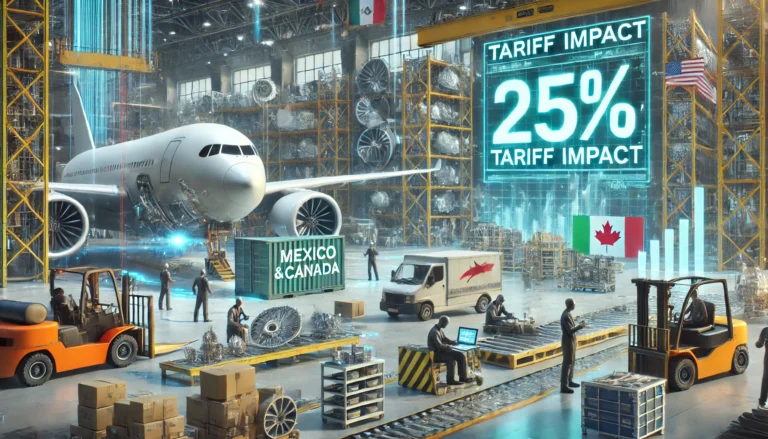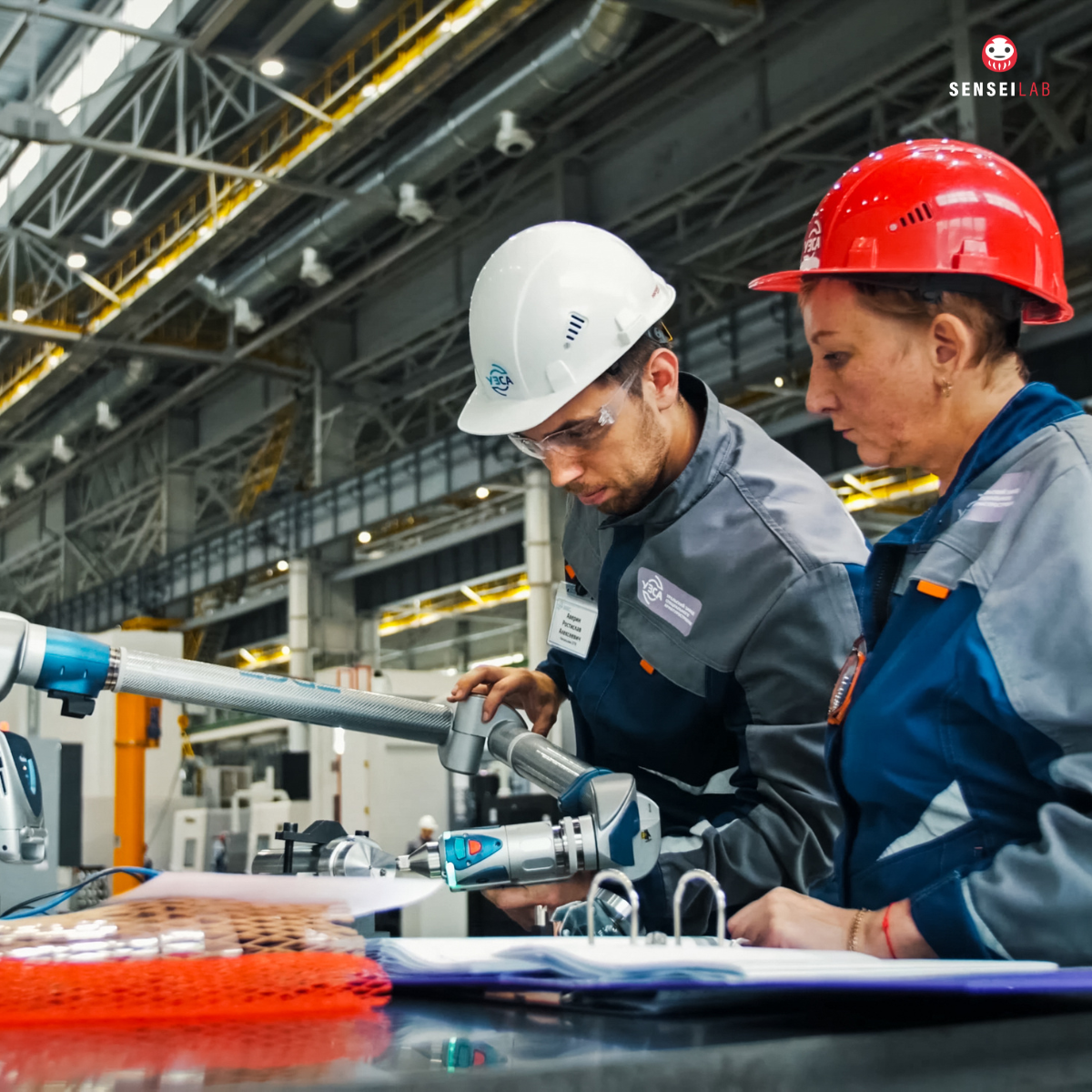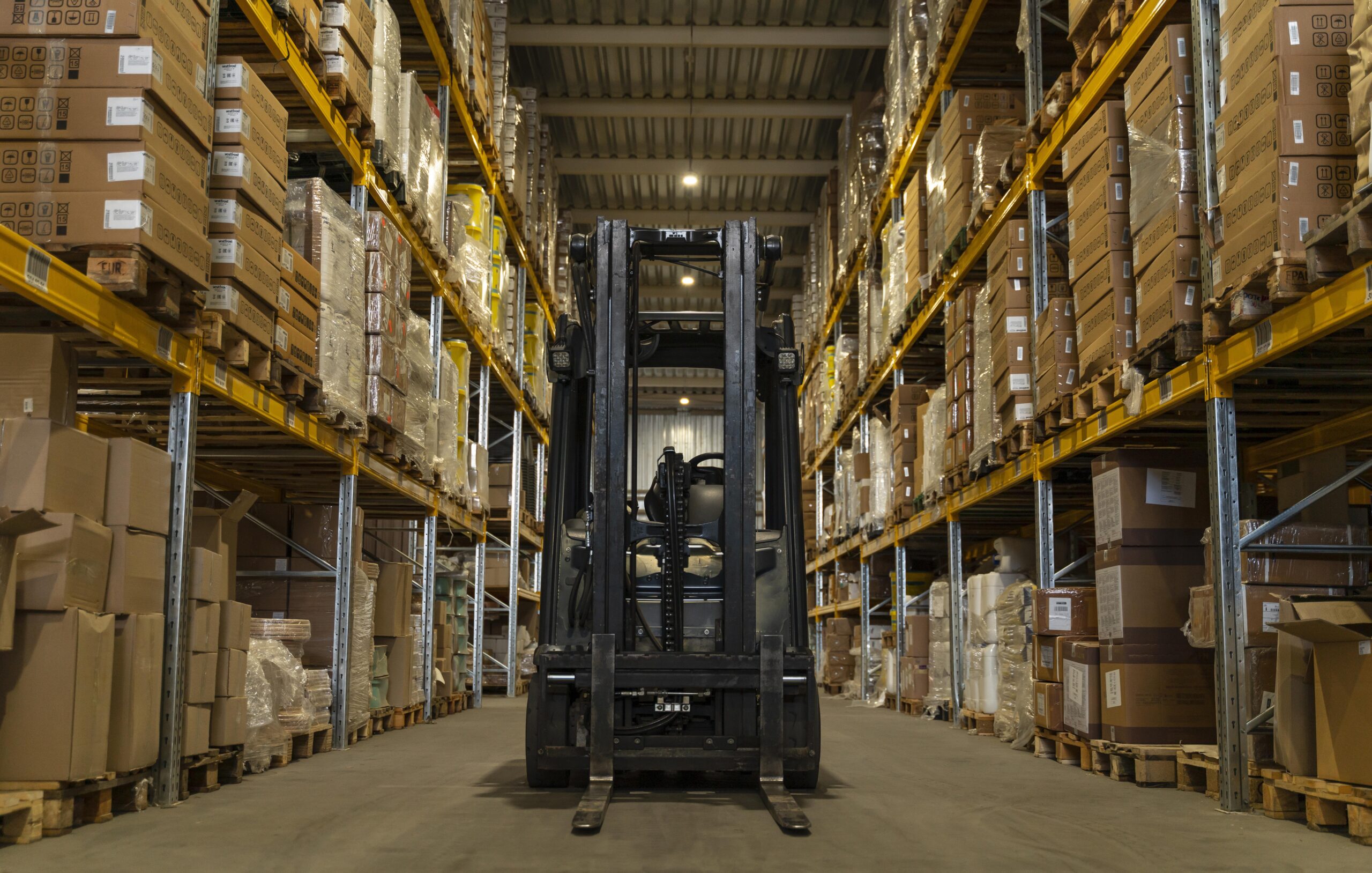Understanding the Current Situation
The recently announced tariffs by the Trump administration will have significant impacts on the aerospace industry’s supply chain, introducing new challenges for manufacturers and suppliers alike.
Supply Chain Disruption
The aerospace industry relies on a vast, interconnected network of suppliers across multiple countries. A single commercial aircraft can require millions of individual parts, with one leading manufacturer depending on over 700 suppliers for a single aircraft model.
Additionally, efficient cross-border manufacturing processes that have operated for decades may now face increased expenses and logistical barriers. Key components like engines, ice protection systems, landing gear systems, and environmental controls often have manufacturing facilities in Canada and Mexico, which could now see a premium on imports.
Cost Increases
- Electronics: 20-30% of a commercial airliner’s total cost is tied to electronic systems, with a substantial share sourced from tariff-affected regions. This could lead to single-digit percentage increases in the absolute cost of an airplane.
- Compounding Tariffs: The potential for compounding tariffs as materials move between facilities or through tiered manufacturing processes could significantly increase production costs.
- Overall Price Hike: Additional costs at multiple stages of production are expected, particularly for manufacturers dependent on international facilities for subassembly production.
Industry Challenges
- Supplier Constraints: Many component manufacturers have already faced challenges in sourcing essential materials, including castings, forgings, engines, and semiconductors. The new tariffs could exacerbate these issues.
- Regulatory Hurdles: Aviation manufacturers cannot rapidly shift to different sources or facilities without FAA regulatory approval, potentially compromising contracts, safety and compliance, quality, and value to the consumer.
- MRO Sector Impact: The maintenance, repair, and overhaul (MRO) sector, employing almost 210,000 people in the U.S., could see work moved outside the country due to increasing costs from tariffs on parts and products.
- Prolonged Disruption: The tariffs are likely to prolong the industry’s existing supply chain disruptions and inflation issues, ultimately resulting in higher prices for airlines and consumers.
These impacts highlight the significant challenges the aerospace industry faces as it navigates the new tariff landscape, potentially leading to costly supply chain adjustments and increased production expenses across the board.
How a Strong Performance Management Program Can Help Navigate Tariff Challenges in Aerospace
The aerospace industry, already navigating complex supply chain challenges, faces a new wave of disruption due to these tariffs. These economic pressures threaten to increase costs, create supplier constraints, and complicate regulatory compliance. In such an environment, a robust performance management program is not just a strategic advantage—it is a necessity. Here’s how it can help mitigate the impact of these economic pressures.
1. Strengthening Supplier Performance and Resilience
The aerospace industry’s reliance on a global supplier network means that any tariff-induced disruptions can have a cascading effect on production timelines and costs. A well-defined performance management policy enables companies to:
- Evaluate supplier efficiency and reliability using key performance indicators (KPIs).
- Develop contingency plans by identifying and nurturing secondary suppliers who meet regulatory and quality standards.
- Foster collaboration by establishing long-term partnerships with suppliers that align with strategic goals and cost-efficiency needs.
By continuously monitoring supplier performance, aerospace firms can proactively identify risks and adjust sourcing strategies before tariffs create severe bottlenecks.
2. Enhancing Cost Control and Operational Efficiency
With electronic systems alone accounting for 20-30% of a commercial airliner’s cost—and many sourced from tariff-affected regions—cost increases are inevitable. However, companies with a strong performance management framework can:
- Optimize operational efficiency by tracking production metrics and eliminating inefficiencies.
- Reduce waste and rework by implementing Lean methodologies to streamline processes.
- Enhance financial forecasting to adjust procurement and pricing strategies accordingly.
By driving efficiency at every level, aerospace firms can absorb cost increases more effectively and remain competitive despite market fluctuations.
3. Improving Workforce Productivity and Agility
Tariffs not only impact raw materials and supplier costs but also have a ripple effect on workforce dynamics. The Maintenance, Repair, and Overhaul (MRO) sector, which employs over 210,000 people in the U.S., faces potential job shifts due to rising part costs. A performance management policy can help companies:
- Develop upskilling programs to enhance employee adaptability and cross-functional expertise.
- Encourage innovation by tracking and rewarding process improvement initiatives.
- Align individual and team goals with broader organizational strategies to maintain productivity and morale in uncertain economic conditions.
4. Navigating Regulatory Compliance Efficiently
One of the greatest challenges in aerospace manufacturing is the inability to quickly shift suppliers or facilities due to strict FAA regulations. A well-structured performance management approach allows companies to:
- Track compliance metrics to ensure all suppliers adhere to safety and quality standards.
- Streamline regulatory documentation to facilitate approvals for alternative sourcing strategies.
- Enhance cross-departmental collaboration to mitigate risks associated with supplier transitions.
By embedding compliance tracking within performance management, aerospace firms can avoid costly delays and regulatory setbacks.
5. Strengthening Strategic Decision-Making
Ultimately, performance management is about data-driven decision-making. In a tariff-laden landscape, organizations need real-time insights to adapt to shifting costs, supplier challenges, and regulatory hurdles. A strong policy enables executives to:
- Leverage predictive analytics to anticipate supply chain disruptions.
- Implement agile business models that adjust sourcing and production strategies dynamically.
- Ensure financial sustainability by continuously evaluating cost-saving opportunities.




